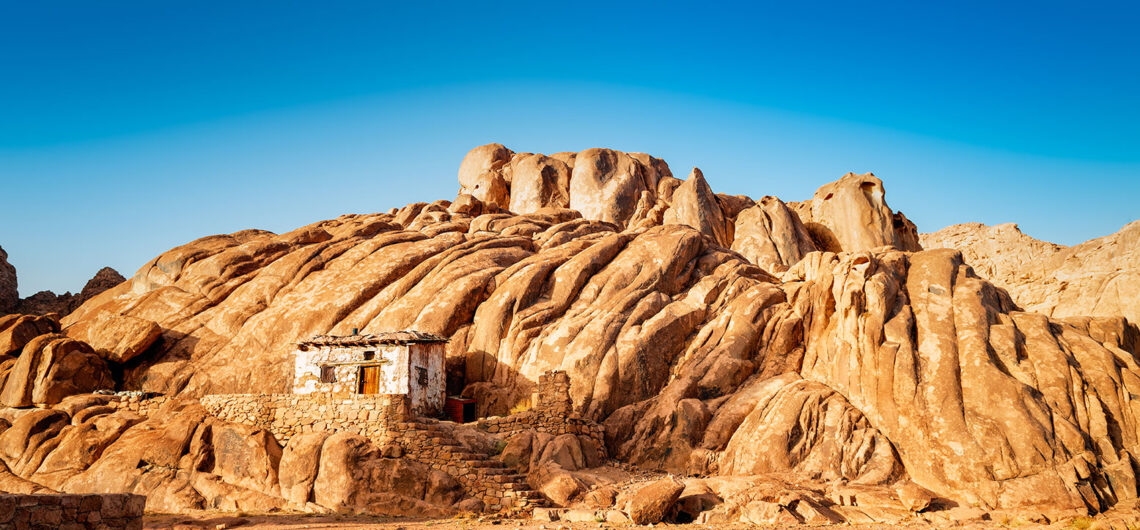Mount Al-Maghara in Sinai, Egypt | Facts, history of the most important Mounts, what is inside and more…
The most important Tourist Attractions in South Sinai and attractions of El Arish Sinai in Egypt, the secrets about the Jabal Al-Maghara Valley in South Sinai and its Pharaonic inscriptions and ruins to teach us more about the Pharaonic Civilization.
The most important cultural tourist places with adventure tourism in Egypt.
What to see when you enter the visit of the Valley of Wadi Al-Maghara of South Sinai.
One of the tourist signs in the Province of South Sinai and one of the main archaeological areas, “Wadi Al-Maghara”, which is in the southern region of the Sinai Peninsula, where the ancient Pharaohs of Egypt sent miners to mine copper and precious stone and visit the library of St. Catherine’s Monastery.
Hurghada lovers Offer Luxury Hurghada to Pyramids Tours | El Gouna to Pyramids Tours | Makadi bay to Pyramids Tours | Sahl Hasheesh to Pyramids Tours | Soma bay to Pyramids Tours .
Mount Al-Maghara in Sinai, Wadi Al-Maghara, South Sinai
The Valley of Wadi Al-Maghara is in the southern part of the Sinai Peninsula, about 19 km from the Gulf of Suez, in an area called Abu Soues, interspersed with deep mountains of gore and sandstone.
The first archaeological mission of our modern era, sent to Wadi Al-Maghara, carried out by the researcher Zetzen in 1809, discovered several paintings engraved in the rock of the Ancient Egypt Pharaohs, and in later missions, inscriptions were discovered in the rock of the time of vegetarianism in the Qena Valley, as well as an engraved painting of Pharaoh Sekhem Khet “Egyptian Pharaohs kings“, which was created from the first dynasty had the purpose of trading and bringing copper and turquoise.
What do you see when you enter Mount Al-Maghara in Sinai and Wadi Al-Maghara in South Sinai?
Once you enter the valley, you see a checkered painting of King Cheops beating enemies, and the interest of Egyptian pharaohs in this area dates to the time of the first and second Egyptian dynasties.
Relations with this region may have been in the predynastic period; Egyptian and foreign archaeologists have found hieroglyphic paintings and inscriptions belonging to Pharaoh Djeser Titi of the Third Dynasty; some archaeologists thought to be Pharaoh Semer Khett of the first dynasty.
When you enter the valley, on the east side of it are the slopes of the mountains, where the remains of the old dwellings where the quarry workers lived were found. On the west side are the entrances to the old mines. There are hieroglyphic inscriptions, panels and paintings erected by the various Egyptian pharaohs.
The painting of Pharaoh Djeser of the Third Dynasty is still in the valley, and in the past, it belonged to Pharaoh Semer Khett of the First Dynasty.
There are also paintings and hieroglyphic inscriptions in the valley that reflect various Egyptian pharaohs from the time of the Old and Middle Kingdom as well as the New Kingdom, and all the pharaohs of that time were interested in sending excavation missions and extracting minerals from them, including copper and turquoise.
Among the archaeological scenes you can see in the valley are traces of Pharaoh Seth Nakht, and another of Senefru, who sent a military disciplinary campaign against theft and looting and to control the entire surrounding area for exploitation.
There are also ruins belonging to Pharaoh Jed Ka Ra of the Sixth Dynasty, who saw two missions in 10 years in the valley, to discover turquoise and copper.
Visit dates Mount Al-Maghara
You can visit Jabal al-Maghara in Sinai from 9:00 a.m. to 4:00 p.m.
The most important archaeological Tourist Attractions in South Sinai & about the life of the ancient pharaohs in Abu Redis, in southern Sinai Egypt, and what secrets have been discovered on the mountain of Mount Al-Maghara, inscriptions and drawings that tell us about the civilization of ancient Egypt.
The kings of the XII Dynasty from 1991 to 1778 BC, who took Thebes as their capital, discovered that turquoise could be extracted from another region, north of the cave. No inscription of the reign of Amenemhat III “1841-1792” and Amenemhat IV “1792-1782 BC. C” was only found in the upper cave, which belonged to the XII dynasty.
The rock inscriptions are the oldest cultural tourism documents in Sinai and are in the valley east of the Gulf of Suez.
It is the oldest region where the Egyptians left their inscriptions. It was named after the missions responsible for bringing these minerals, which included stones and sculptors engraved on the front of the mountain, above each new cave in the rock layer where turquoise is likely to exist – a drawing of the king who sent them victorious over the inhabitants of the region.
The oldest inscription in the cave is that of King Djeser, founder of the Third Dynastie, 2780-2680 BC, and unfortunately this inscription is now in the rule of the disappeared. The cave inscriptions remained intact until 1897.
It also happened that many of its inscriptions had been printed on paper by the English adventurer Major MacDonald, who visited Sinai in 1845 and returned in 1854 to carry out the project of extracting turquoise from former mines. Many inscriptions and these editions have been preserved so far in the British Museum.


